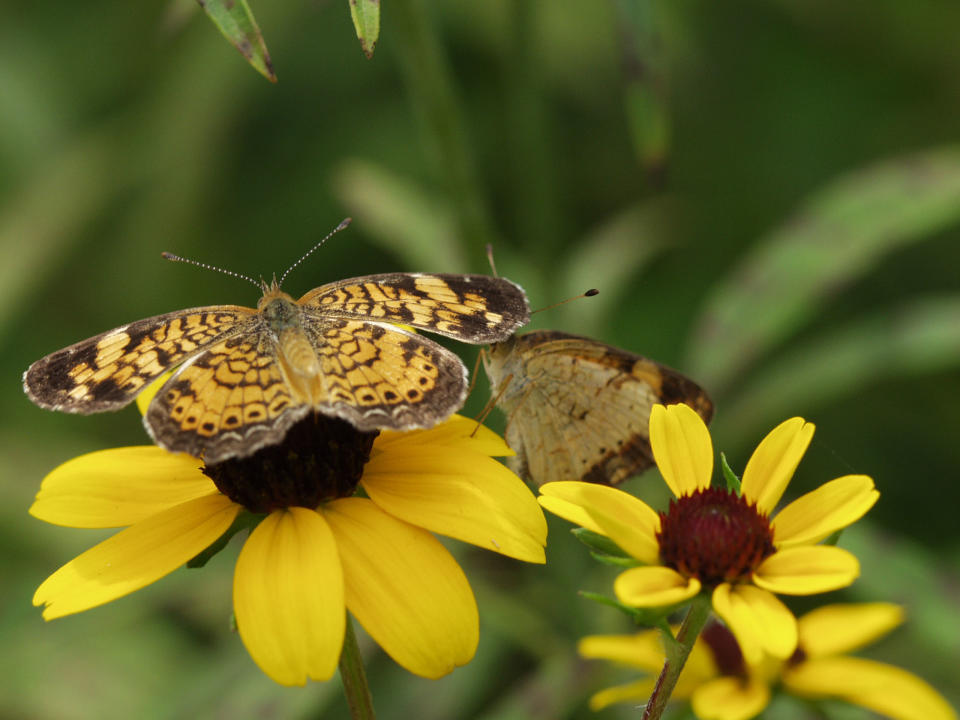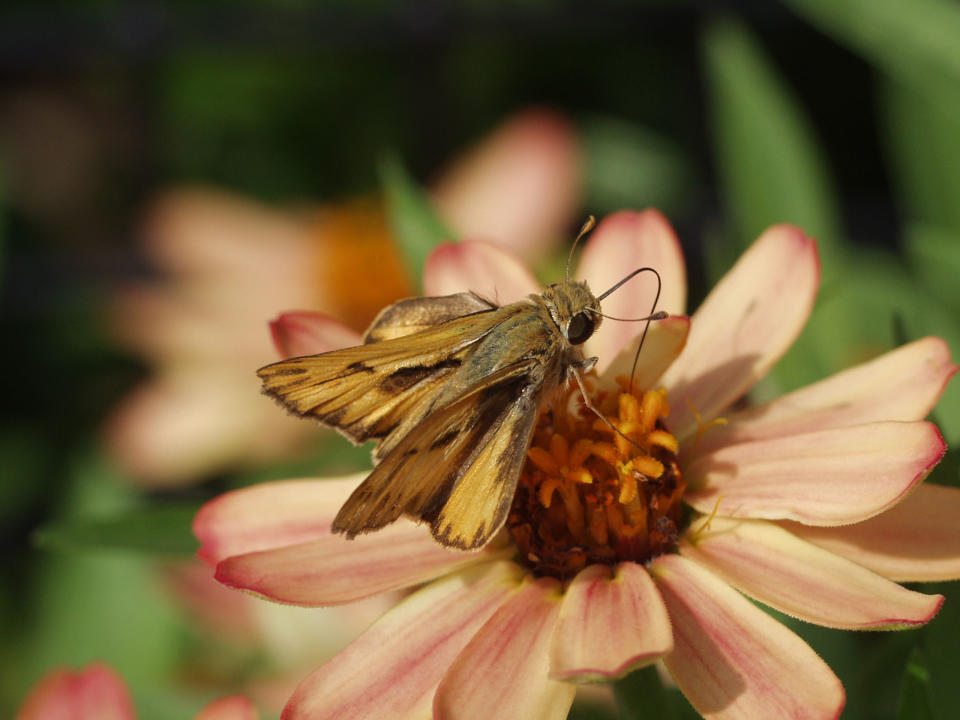Butterfly gardening offers beauty, fun
For a spring project that can get your family working and learning together — and also help some beautiful insects — try a backyard butterfly garden.
With just a little planning, you can create an attractive and welcoming habitat for butterflies through the warm weather months, says Rick Mikula, author of "The Family Butterfly Book" (Storey Publishing, 2000).
The biggest problem facing butterflies is destruction of habitat, Mikula says. Even if your garden offers just a few butterfly-friendly blooms in pots or containers, it can help the insects' population — and improve the look of your living space.
"Any offering for butterflies in a garden, no matter how small, is like chicken soup for a cold," he says. "It can't hurt."
The choice of nectar-producing plants on which butterflies feed varies by region. But wherever you are, Mikula says, your options don't have to be fancy. Simple flowers such as varieties of Echinacea, daisies, asters and even some violets can serve as butterfly-friendly snacking spots. Non-invasive milkweeds can be especially appetizing to migrating butterflies, without taking over your yard.
"Even one or two plants like that are going to be great because when the butterflies are moving, there's a place for them to stop," says Mikula, who lives in Hazelton, Penn.
You can start your research with books such as Mikula's, or by contacting a nearby cooperative extension office for free advice about what flowers are best for your region. Find your closest office at www.csrees.usda.gov/Extension/
Online, try bugguide.net or butterfliesandmoths.org, recommends Nathan Brockman, curator of the Christina Reiman Butterfly Wing of Reiman Gardens at Iowa State University, in Ames. Some garden-supply retailers, such as Lowe's Home Improvement stores, offer online and in-store advice as well.
There are some concessions you may need to make if you plan to entice butterflies into your yard, Brockman says.
One is understanding that caterpillars, the butterflies' offspring, are going to eat host plants, including some herbs and vegetables you may have planned to serve at your own dinner table. Plant extra, and remember you'll be rewarded for the sacrifice when caterpillars turn into fluttering butterflies.
Also, be prepared to give up the use of pesticides on vegetable gardens or lawns.
"Don't use any at all if you are truly gardening for butterflies," Brockman says.
Mikula's tip is to soak tomato leaves overnight in water, then strain and spray the solution onto plants as an effective and organic pesticide that won't harm butterflies.
Butterfly gardening can either be budget-friendly or, Mikula says, it can be like buying a car and getting carried away with all the extras. Don't overlook smaller, less costly nectar-producing flowers that will entice tiny but attractive butterflies, he says.
Brockman suggests choosing plants native to their region. They're most beneficial to the environment and require less maintenance.
Colleen Maiura, a spokeswoman for Lowe's stores, says there are more ways to make a garden hospitable to butterflies besides offering flowers. Butterflies like to bask in the sun, so putting out flat rocks near feeding spots can provide a perfect place for them to rest.
While butterflies can get most of the moisture they need from feeding, many like to gather around puddles and wet places. You can offer a "puddling station" by simply creating a damp area of ground covered with sand.
"Place stations where butterflies — and you — can easily see them, and where they are sheltered from the wind," Maiura advises.
Beyond the "sheer joy" you get when finding a butterfly in your garden, Mikula says, butterfly gardening also can teach families about the life cycle of insects, and about caring for plants and their environment.
The best part, he says, is that you will be doing the beautiful insects "a world of good."
Don't be disappointed, Brockman cautions, if you don't draw a lot of butterflies right away. Keep at it, and try to get neighbors to grow a few plants that will encourage butterfly activity too.
We "need to instill in our youth that insects are good," he says. "Fortunately for the butterflies, they are considered the pretty ones."
___
Online:
Rick Mikula: http://butterflyrick.com/
Reiman Gardens: http://www.reimangardens.iastate.edu/
Lowe's: http://www.lowes.com/
Cooperative Extension System: http://www.csrees.usda.gov/Extension/



